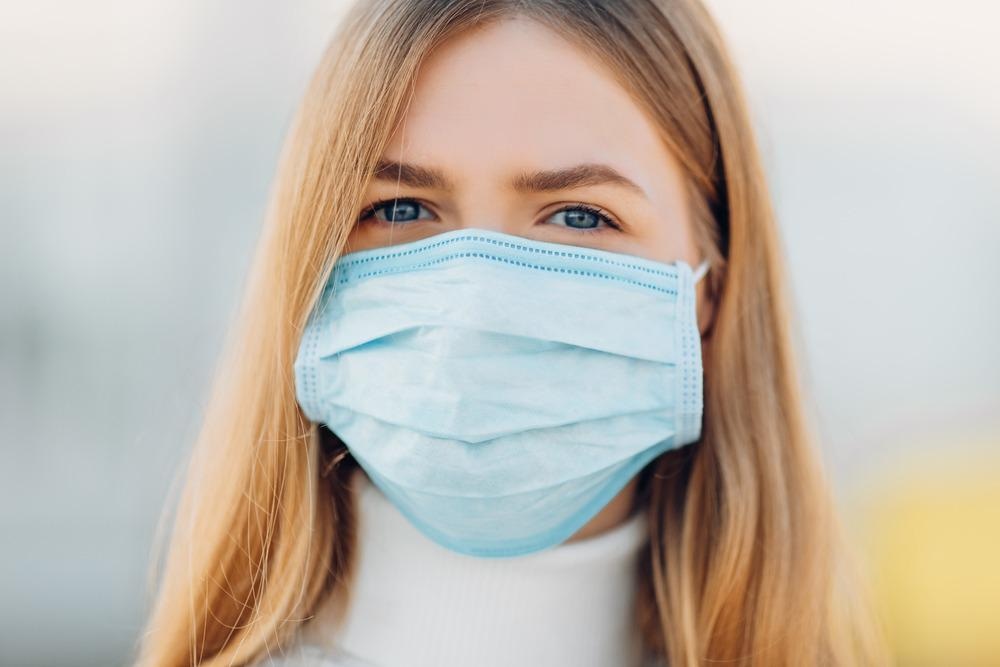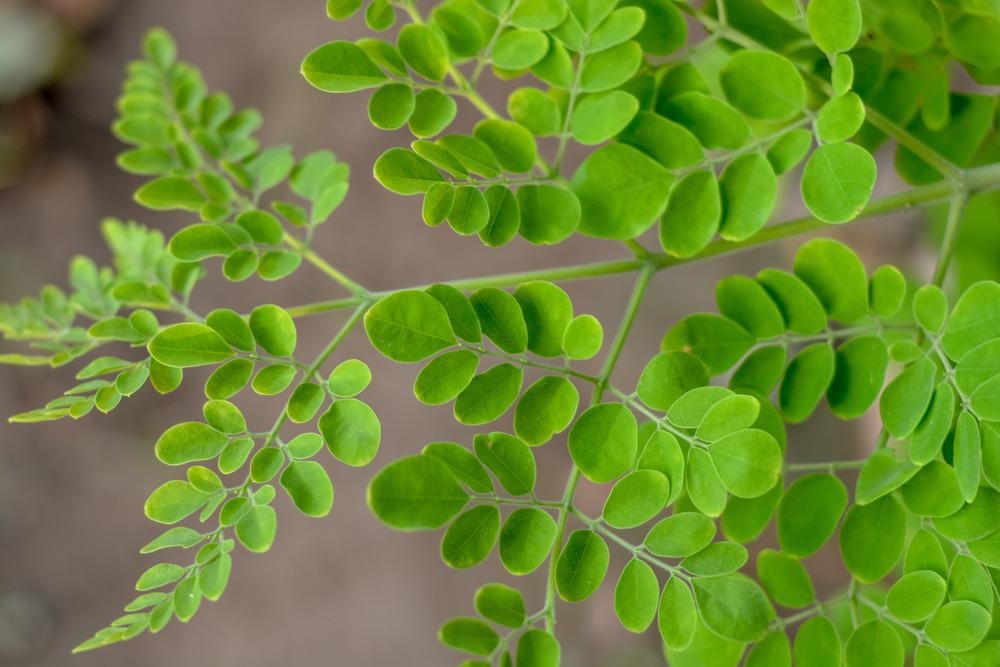Researchers have developed an antimicrobial powder coating for face masks that could improve their effectiveness at stopping the spread of viruses like COVID-19. The coating was developed from proteins found in nature, and research is focused on finding a solution that could be widely applied without technical expertise.

Image Credit: Shopping King Louie/Shutterstock.com
The global spread of COVID-19 starting in late 2019 has sparked numerous laudable DIY solutions to medical emergencies. One global trend was the use of homemade masks, as scientists agreed that widespread mask-wearing was among the most effective ways to prevent the spread of the deadly virus.
Homemade cloth masks are still used by many today, and they present a good solution to the plastic waste problem that COVID-19 exacerbated. No mask is 100% effective, however, and medical-grade masks like the N95 respirator generally perform better than cloth masks. But these are expensive and relatively hard to come by in many areas.
The Minnesota College of Science and Engineering scientists behind this new research are trying to remedy this. They developed a do-it-yourself coating made out of seeds from the tropical Moringa oleifera tree that anybody can apply to a cloth mask to improve its effectiveness at stopping the spread of viruses.
Inspired By Nature
Seeds from the Moringa oleifera tree have evolved to fend off microorganisms like bacteria and viruses, imparting them with antimicrobial properties. Boya Xiong, an assistant professor of engineering at the University of Minnesota, has been studying the seeds for five years, ever since she was introduced to them as a graduate student.
The Moringa oleifera is native to India, where it is grown in domestic gardens because people eat the seeds and drink tea made from the leaves. Xiong’s interest in the plant is to discover its antiviral qualities and test how bacterial and viral particles in water can be removed with them. She is interested in how these properties can be applied in public health contexts.
While working at Pennsylvania State University, Xiong and her team developed a water filter coating using the seed’s proteins to kill bacteria and pathogens in water. But she discovered last year that these proteins could also potentially block the COVID-19 virus.
Usable Technology
Xiong received a grant from the Center for Disease Control (CDC) as principal investigator on research to develop a face mask coating in 2021. The coating developed by Xiong and her team is made of water and ground up Moringa oleifera tree seeds. It can be applied to cloth face masks easily so that anybody could potentially use it.

The Moringa tree. Image Credit: Hussain Warraich/Shutterstock.com
The novel solution is still being tested, but Xiong and her colleagues hope that it will be widely used soon. Anybody can make the coating using the seeds (that are widely available), water, and a coffee grinder and filter. To coat a cloth mask, people only need to dip it into the “brew” made from the Moringa seeds for five minutes, rinse it in water, and let it dry.
After use, the mask can be washed with salt water to remove the coating and washed. It is simple to apply the coating again after washing the cloth mask. This whole procedure is safe and easy for people to do, as well as being environmentally friendly. It removes the need for single-use disposable face masks and plastic packaging. It also avoids using expensive nanomaterials that the researchers say are possibly toxic.
This DIY approach to public health technology is already fairly well established within the University of Minnesota research community. In 2020, an anesthesiologist developed a homemade ventilator using $150 worth of parts and their home shop toolbox. A clothing designer at the university made a mask from vehicle filters that could be put together if mask supplies run out again.
Engineers at the University of Minnesota have also been working with the Minnesota Orchestra to develop means of protecting musicians during performances while maintaining the quality of the performance. The engineers also looked at how viral buildup takes place in the symphony hall based on airflow patterns.
Next Steps for The Tree Protein Mask Coating
Xiong and her team are currently ensuring masks can be charged so that protein molecules will bind to the cloth fibers effectively. They are also studying the breathability of face masks with the coating applied, but are confident that the tiny size of the proteins in the coating will not affect breathing.
The team expects to complete the project in the next two years.
References and Further Reading
Hultgren, O. (2021). “Antiviral mask coating could strengthen protection against COVID-19.” University of Minnesota. Available at: https://cse.umn.edu/college/news/antiviral-mask-coating-could-strengthen-protection-against-covid-19.
Olson, J. (2021). “University of Minnesota testing DIY coating out of seeds to improve masks.” Star Tribune. Available at: https://www.startribune.com/university-of-minnesota-testing-diy-coating-out-of-seeds-to-improve-masks/600102823/
Disclaimer: The views expressed here are those of the author expressed in their private capacity and do not necessarily represent the views of AZoM.com Limited T/A AZoNetwork the owner and operator of this website. This disclaimer forms part of the Terms and conditions of use of this website.